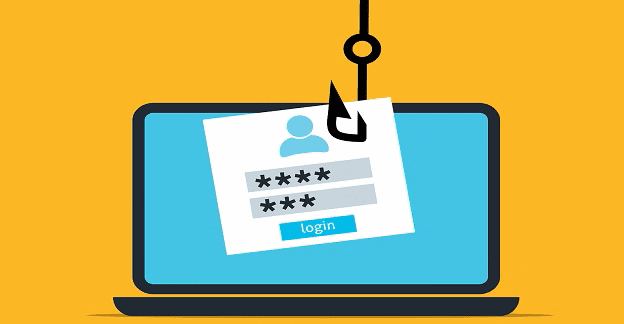Theyre always looking for new ways to infect your gear with malware or steal your data (phishing).
Did you know thathackers impersonate Microsoftmore often than any other company?
That makes perfect sense if you think about it since over 1.3 billion devices are running Windows worldwide.

This means theres a huge pool of potential victims.
Microsoftscam emailsare actually more common than you may think.
This guide will show you how to spot fake Microsoft emails and report them as quickly as possible.

Contents
Are There Fake Microsoft Emails?
Dont let these emails catch you off guard.
Dont hit any links, and dont type your login credentials or personal information.
How Can I Tell If an Email from Microsoft Is Genuine?
The company doesnt initiate communication.
Any communication with Microsoft has to be initiated by users.
Microsoft doesnt send emails about updates.
Dont trust Microsoft-labeled emails that prompt you to set up the latest app updates.
Most likely, these are phishing attempts.
Simply ignore them, dont click or download anything.
How Do I Report a Suspicious Email to Microsoft?
To report a suspicious email to Microsoft, grab the message, click onReport message, and selectPhishing.
Alternatively, you’re free to compose a new email and addjunk@office365.microsoft.comorphish@office365.microsoft.comas the recipients.
Then, drag and drop the suspicious email into the new message.
UseMicrosofts technical support scam reporting toolto report tech support scams.
Also, dont forget to add the senders address to your Blocked list.
These Microsoft email scams often have a sense of urgency and contain quick calls to action.
Always report suspicious emails to Microsoft to help the company update its cyber-threat database.